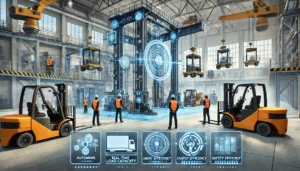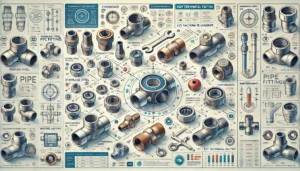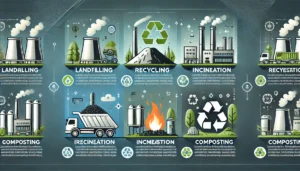Acquiring the right hoist for heavy load applications requires a lot of thought because it affects efficiency, safety, and productivity for different businesses. A hoist is a mechanized piece of equipment that lifts and places heavy loads vertically using chains or wire rope. It is also used for other purposes where lifting is required. Hoist may be operated manually, electrically, or pneumatically. Several key factors must be considered:
1. Establish the Load Capacity Requirements
The initial concern will be the weight of the heaviest load to be lifted. Heavy duty hoists with rated capacity above or equal to this weight must be selected otherwise failure of the equipment will be inescapable. Because overloading a hoist can result in catastrophic failures, untold injuries and equipment damage, it is very important to check the maximum load bearing weight of the hoist before using it for an application, because it may not be suited for that application.
2. Assess the Lifting Height and Reach
Find out how far vertically a load needs to be lifted, what is commonly referred to as lifting height and determine whether the hoist can provide for this need. Also put into consideration the available headroom. The space between the hoist and the highest point of the lift. Some hoists are intended for low headroom application which can be useful in places with constrained height.
3. Choose the Correct Source of Power
Hoists can be powered manually, electrically, or pneumatically:
- Manual Hoists: Intended for low speed lifting tasks where the workload is less and infrequent. They are operated through human energy and do not work efficiently when lifting is heavy or continuous.
- Electric Hoists: Fit for frequent and heavy lifting works with increased lifting speed and decreased manual labor. These types undergo the restrictions of needing a dependable power source and are common in industrial areas.
- Pneumatic (Air) Hoists: Best suitable for areas where electricity could start fires, like highly combustible environments, they use compressed air instead of electricity. They are ideal for serious continuous work.
4. Select Between Chain and Wire Rope Hoists
The type of hoist to be selected will depend on the strength of the lifting medium: chain or wire rope.
- Chain Hoists: These Roman-style hoists are strong and can lift up to several tons. They are preferred for jobs that need frequent mobility and minimal maintenance.
- Wire Rope Hoists: These are modern cranes that are best for lifting very heavy items or when speed of lifting is a crucial factor. These hoists are sleek and operate quietly, but have higher maintenance costs.
5. Determine the Purpose of the Hoist and Frequency for Usage
Determine the frequency of lifting using the hoist:
- Light Duty: Used seldom with intervals of extended rest times between lifts.
- Moderate Duty: More frequent use that ranges in a defined category of frequency.
- Heavy Duty: Used excessively for short intervals of rest.
If the wrong grade of hoist is used for a defined purpose, the effectiveness and durability will be compromised.
6. Evaluate the Environmental Context
The conditions surrounding where the hoist will be used impacts the selection of the hoist:
- Indoor Usage vs Outdoor: Outside involves the need for hoists that can resist harsh weather conditions.
- Dangerous Areas: In environments that are risky like having materials that can cause fire, hoists that prevent explosions might be needed.
- Extreme Temperatures: The selected hoist needs to function optimally within a certain temperature range.
7. Consider Suspension and Mounting Options
By what means will the hoist be attached?
- Hook Mounted: Portability and Ease of Installation
- Trolley Mounted: This lets the hoist shift in the plane of the beam as well as lift.
The choice depends on the application’s requirements for load movement and workspace layout.
8. Ensure that Safety Features Come First
Confirm that the hoist is manufactured with the safety features that are considered critical.
- Overload Protection: Avoid lifting loads greater than the rated capacity
- Emergency Stop Controls: For immediate jamming in case of an emergency.
- Limit switches: Cut off the hoist’s power supply when the load hoisted reaches the upper or lower travel limits.
These features add to safety in the operations and the protection of the personnel and equipment at risk.
9. Assess Maintenance and Backup Options
Think about the provision of maintenance and backup for the hoist:
- Manufacturer Support: Preferentially reputable reliable manufacturers
- Spare parts availability: So as to ensure that replacement parts are available to prevent long downtimes.
- Service network: Availability of service centers aids in maintenance and repair.
10. Budget Considerations
Staying within budget is indeed of great importance, however, do focus on quality and fit as opposed to the expense. Buying a good hoist which enables the business to work efficiently and removes the need for upkeep will be a savvy purchase in the long run.
As for selecting the correct hoist for heavy lifting, it requires an in-depth analysis of the load, work, environment and safety features of the equipment. These considerations allow the client to select a hoist that increases productivity, is safe, and performs well.










